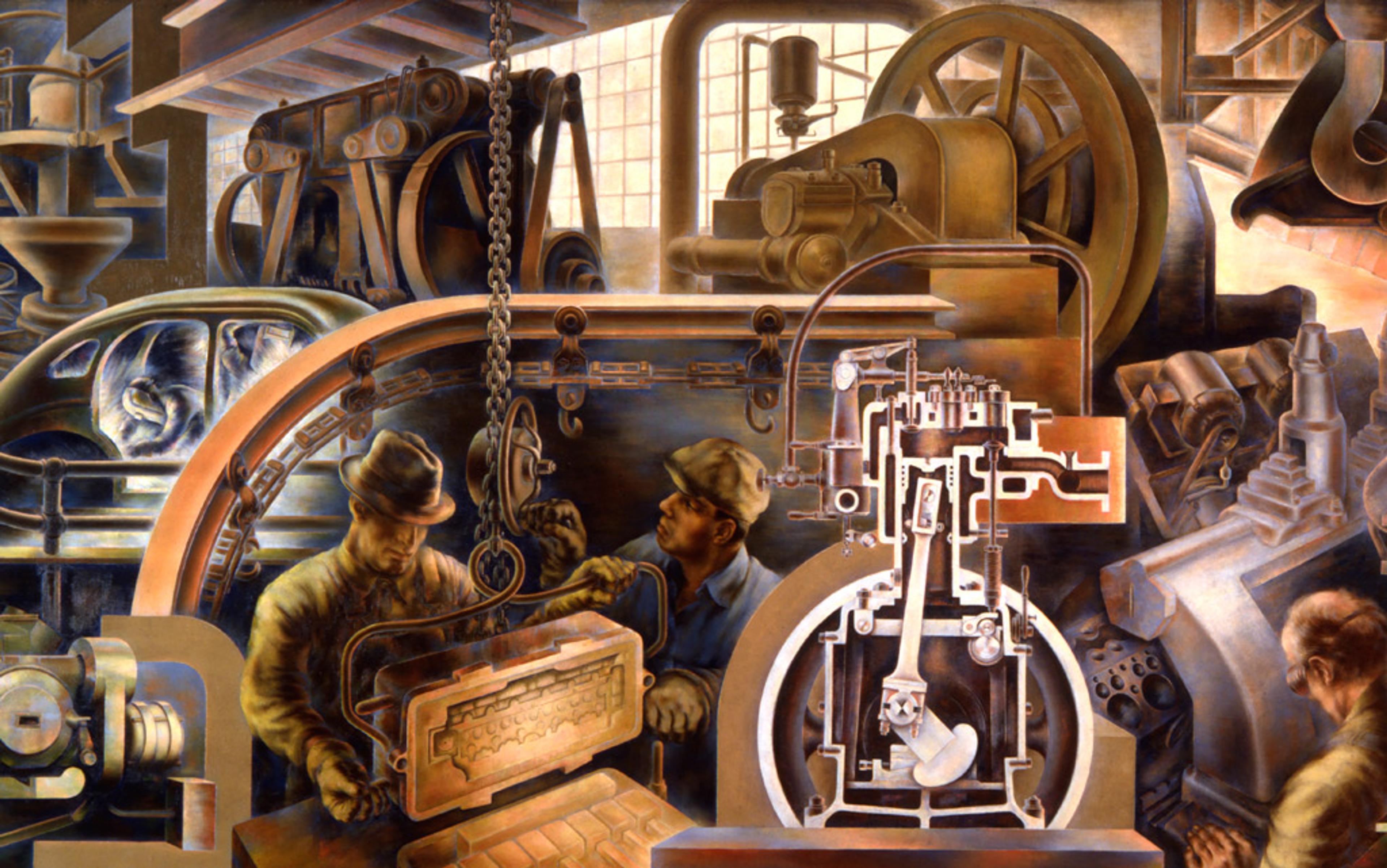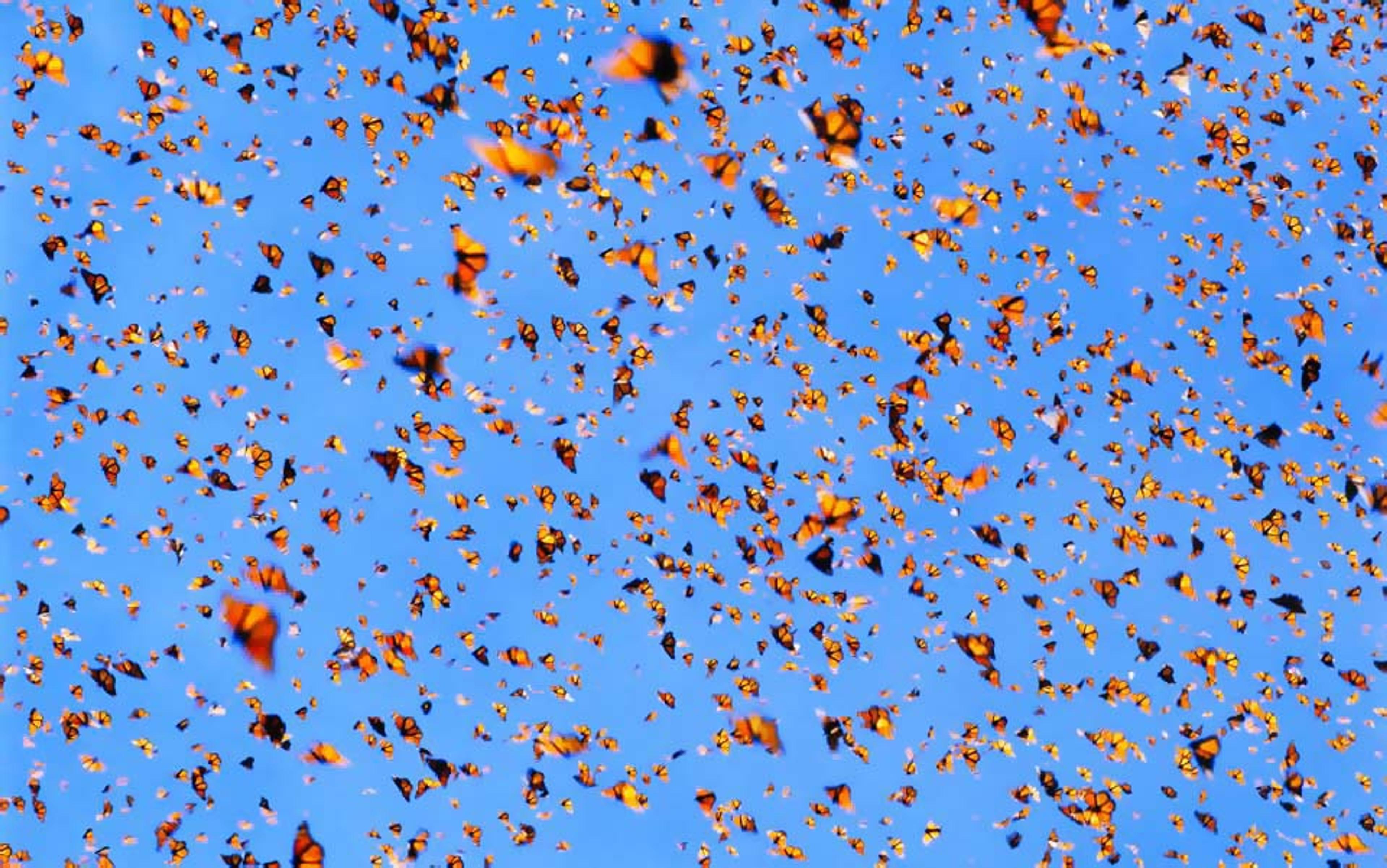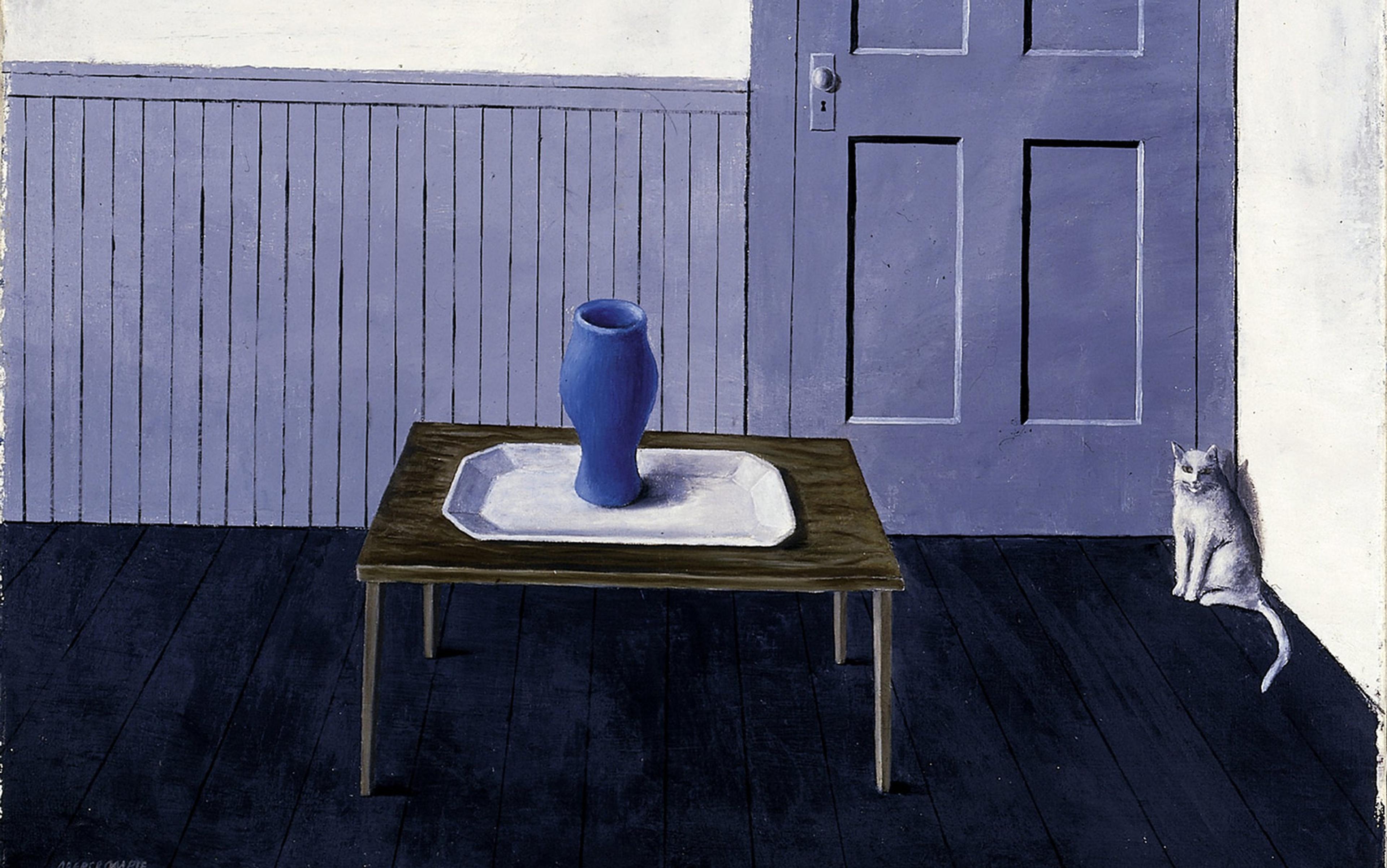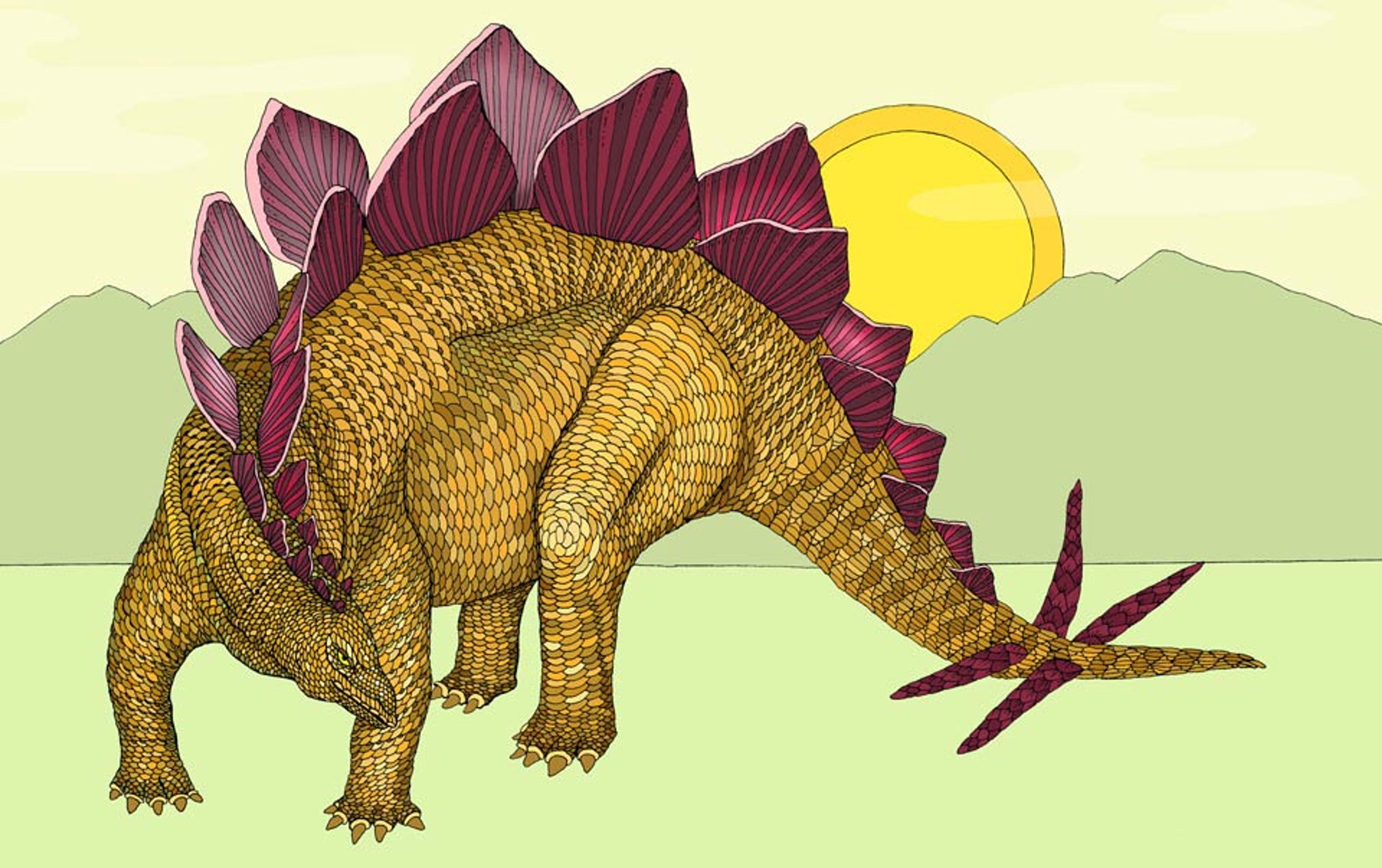Living things have puzzled and challenged us since the dawn of our species. Even in the light of our modern scientific understanding, they seem remarkable. A merlin falcon hunting its prey, a hummingbird suspended in the air beside a flower, the self-reproduction of a bacterial cell: all are instances of stunning control and precision. How could anything so complex have originated from inert matter?
For millennia, some of the most brilliant thinkers have attempted to answer this question. Most of them concluded that living things must have been produced by an intentional design process. They were wrong, of course: the theory of evolution by variation and natural selection – Charles Darwin’s momentous leap – shows how those stupendously intricate mechanisms can come about without one. Yet the task of showing how life itself can arise without design is surprisingly vexed.
The very problem Darwin’s theory addresses is ultimately rooted in physics: living things have certain properties that seem to set them apart from other aggregations of inert matter. They have many different subparts – instantiating biological adaptations – all coordinating to some function. That’s the key property: they closely resemble objects that have literally been designed, such as factories and robots. For example, the ciliary muscles and the lens in the eye coordinate exquisitely to permit vision, just like the optical components of a sophisticated camera. In modern biology, this is called the appearance of design – a property described by Socrates and given canonical expression in 1802 by William Paley in his ‘watchmaker’ argument for the existence of God.
More generally, living things, again just like factories and robots, have the ability to perform physical transformations with a very high degree of precision, and to do so repeatedly and reliably. A goat’s jaws and heart just keep on chewing and beating for its whole lifetime. If you got the goat to graze your lawn, it would mow it to high accuracy and be just as capable of doing the same when presented with another lawn. It just keeps going: the goat is, among other things, a lawnmowing machine.
Unlike factories, all living things rely on a rather peculiar contrivance: the living cell. Cells can self-reproduce, manufacturing new instances of themselves in a process involving, at its heart, the faithful replication of the genetic information contained in the cell’s DNA. We find this capacity nowhere in the rest of nature. Even among human technologies, there are only dim foreshadowings of it, such as 3D printers that print some of their own spare parts.
Why should such features of living things constitute a problem for physics? Crucially, what can and cannot be made to happen in the physical world is determined by physical laws. For example, a perpetual motion machine cannot be constructed, no matter what resources are devoted to the task, as it is forbidden by those laws. Conversely, given the presence of life in our universe, physics must be such as to allow for it.
But our laws of physics provide only certain elementary objects, such as simple chemicals, in great numbers. These objects do not, in themselves, have the ability to repeatedly cause highly accurate transformations. Neither do they seem adapted to do anything in particular. If they do cause transformations, it is neither very accurately nor reliably: they wear out and make errors, their resources get depleted, and so on. In other words, the laws of physics contain no built-in facility for accurate transformations; nor, in particular, for biological adaptations that can bring such transformations about. They are no-design, in this special sense. Thus the problem with living things, expressed within physics, is that they are highly adapted to effect all sorts of transformations to high accuracy, whereas the laws of physics aren’t.
Given that life isn’t the output of an intentional design process, but evolved, how could living things have evolved given these design-free laws of physics? Darwin’s theory addresses this problem, explaining that variation and natural selection bring about the appearance of design. But this in itself doesn’t close the explanatory gap, as we can see especially clearly in the modern version of Darwin’s theory – neo-Darwinism. At its heart are the replicators, or genes – bits of DNA that are transmitted, by replication, to the next generation. Moreover, for replication to be as accurate as it is in living things, accurate self-reproduction of the cell is also required. In short, the theory presupposes the possibility of certain accurate physical transformations, and these are just what no-design laws of physics fail to provide in their starter kit.
Here’s where the puzzle arises. Biological replication and self‑reproduction are in fact such stupendously well‑orchestrated physical transformations that one must explain how they are possible under the simple, no‑design laws of physics such as ours. This additional explanation, which was not included in the theory of evolution, is essential for that theory to properly explain how living things arise without intentional design – to close the explanatory gap.
the conclusion that the laws of physics must be tailored to produce biological adaptations is amazingly erroneous
Now, it turns out that an explanation of this sort is peculiarly difficult to formulate using the prevailing methods of physics. The latter can predict only what a physical system will do (or will probably do) at a later time, given certain initial conditions and laws of motion. But applying laws of motion to particles is an intractably laborious way to express the appearance of design, replication, self‑reproduction and natural selection. Those processes are highly emergent, involving the collective motion of countless interacting particles.
There is more. Even if one could predict that – given certain dynamical laws and initial conditions – particles would aggregate so as to form a goat at a certain time, this would not at all explain whether a goat could have come about without design. The design of the goat, for all we know, could be encoded in the initial conditions or in the laws of motion. In general, one must explain whether and how a goat is possible (ie, permitted) under no‑design laws of physics; not just predict that it will (or will probably) happen, given some version of the actual laws and initial conditions.
Thinking within the prevailing conception has led some physicists – including the 1963 Nobel Prize-winner Eugene Wigner and the late US-born quantum physicist David Bohm – to conclude that the laws of physics must be tailored to produce biological adaptations in general. This is amazingly erroneous. If it were true, physical theories would have to be patched up with ‘design-bearing’ additions, in the initial conditions or the laws of motion, or both, and the whole explanatory content of Darwinian evolution would be lost.
So, how can we explain physically how replication and self reproduction are possible, given laws that contain no hidden designs, if the prevailing conception’s tools are inadequate?
By applying a new fundamental theory of physics: constructor theory.
Constructor theory is a mode of explanation proposed by David Deutsch, visiting professor of physics at the University of Oxford, who pioneered the theory of the universal quantum computer. With constructor theory, Deutsch generalises some of the insights that led to that earlier idea, applying them now to the whole of physics.
In constructor theory, physical laws are formulated only in terms of which tasks are possible (with arbitrarily high accuracy, reliability, and repeatability), and which are impossible, and why – as opposed to what happens, and what does not happen, given dynamical laws and initial conditions. A task is impossible if there is a law of physics that forbids it. Otherwise, it is possible – which means that a constructor for that task – an object that causes the task to occur and retains the ability to cause it again – can be approximated arbitrarily well in reality. Car factories, robots and living cells are all accurate approximations to constructors.
This radical change of perspective is consistent with current explanations in terms of initial conditions and laws of motion, but permits more phenomena to be explained within physics. For example, the prevailing conception could at most predict the exact number of goats that will (or will probably) appear on Earth given certain initial conditions. In constructor theory, one states instead whether goats are possible and why; and that, say, perpetual motion machines are impossible. This assignment of possible and impossible tasks singles out some laws and some initial conditions – which is how one recovers the prevailing conception’s picture of reality.
Now, the first thing to notice is how naturally this frame allows us to express our biological problem. Are accurate replication and self‑reproduction possible under no‑design laws of physics – ie, laws that do not contain the design of biological adaptations? The constructor theory of life combines with the theory of evolution to give an unequivocal yes.
Perhaps this sounds like a truism: it is obvious that replication and self‑reproduction have indeed taken place! But the constructor theory of life states a good deal more. For example, it answers this question: given that the laws of physics are no‑design, and that accurate self‑reproducers and replicators do exist in living things and are required by the theory of evolution, what conditions must those constructors and those no‑design laws have to be compatible with one another?
First, one establishes what features are necessary for the operation of an accurate constructor such as a car factory, under such laws. It turns out that such a machine must follow a recipe – a sequence of elementary instructions to perform the task and to correct any errors occurring along the way. Because these instructions are simple, they do not require any special design to be executed – they are transformations such as, say, a dial ‘clicking’ into place; or a water molecule assuming the right shape when hydrogen and oxygen atoms collide. They are straightforwardly compatible with no‑design laws of physics.
Indeed, a car factory contains the step by step instructions necessary to construct a car out of elementary components (and also to perform quality control): the recipe must be part of the factory because, after all, it is not written into no-design physical laws. In a highly accurate constructor that lasts for millions of years, the recipe must be replicated many times: the instructions to construct the car would have to be copied onto new recordings from generation to generation in order for the car factory to endure despite its components wearing out. In other words, the recipe must be a replicator. So, for constructors that survive for long, information in the recipe must be digital, to make reliable error correction possible after copying: if not, there would be a fundamental limit to how well an error can be detected, which would lead to a build up of errors and a limit to the accuracy and resiliency achievable.
A self‑reproducing cell must do all this, too. The parent cell contains a recipe – DNA – with all the instructions to construct a new cell (recipe excluded). This means that accurate self‑reproduction can occur only in two steps. Using letter-by-letter replication and error-correction, the parent cell makes a high-fidelity copy of the recipe to be inserted in the new cell; then it constructs the copying mechanism plus the rest of the cell afresh, following the recipe. It was the Hungarian-born physicist John von Neumann who first discovered this logic in the 1940s. He was exploring cellular automata – discrete computational models used, for instance, in Conway’s Game of Life, which rely on unphysical dynamical laws. Constructor theory shows that this is the only possible logic for accurate self-reproduction given any no-design laws.
any transformation that is not forbidden by the laws of physics can be achieved given the requisite knowledge
Constructor theory gives the ‘recipe’ an exact characterisation in fundamental physics. It is digitally coded information that can act as a constructor and has resiliency – the capacity, once it is instantiated in physical systems, to remain so instantiated. In constructor theory, that is called knowledge – a term used here without the usual connotation that it is known by someone: it merely denotes this particular kind of information with causal power and resiliency. And an essential part of the explanation of all distinctive properties of living things (and of accurate constructors in general) is that they contain knowledge in that sense.
Moreover, it is a fundamental idea of constructor theory that any transformation that is not forbidden by the laws of physics can be achieved given the requisite knowledge. There is no third possibility: either the laws of physics forbid it, or it is achievable. This accounts for another aspect of the evolutionary story. Ever better constructors can be produced, without limit, given the relevant knowledge, instantiated in digital recipes.
The early history of evolution is, in constructor-theoretic terms, a lengthy, highly inaccurate, non-purposive construction that eventually produced knowledge-bearing recipes out of elementary things containing none. These elementary things are simple chemicals such as short RNA strands, which can perform only low-fidelity replication, and so do not bear the appearance of design, and are therefore allowed to exist in a pre-biotic environment governed by no-design laws.
Thus the constructor theory of life shows explicitly that natural selection does not need to assume the existence of any initial recipe, containing knowledge, to get started. It shows that, whatever recipes we might find in living things, they do not require ad‑hoc, biocentric or mysterious laws of physics in order to come into existence from elementary initial components. They need only the laws of physics to permit the existence of digital information, plus sufficient time and energy, which are non-specific to life. This adds another deep reason why a unification in our understanding of the phenomena of life and physics is possible. Whatever the laws of physics do not forbid us, we can do. Whether or not we will, depends on how much knowledge we create. It is up to us.






